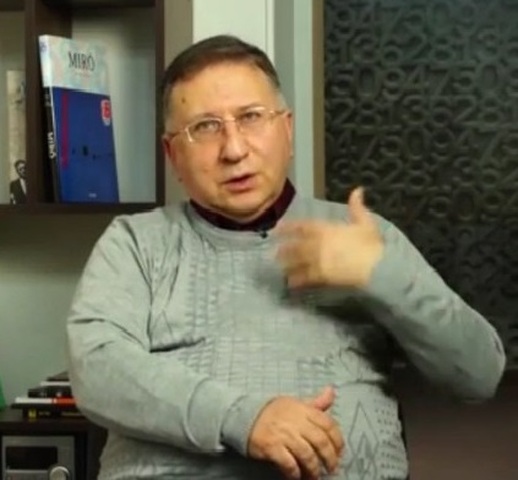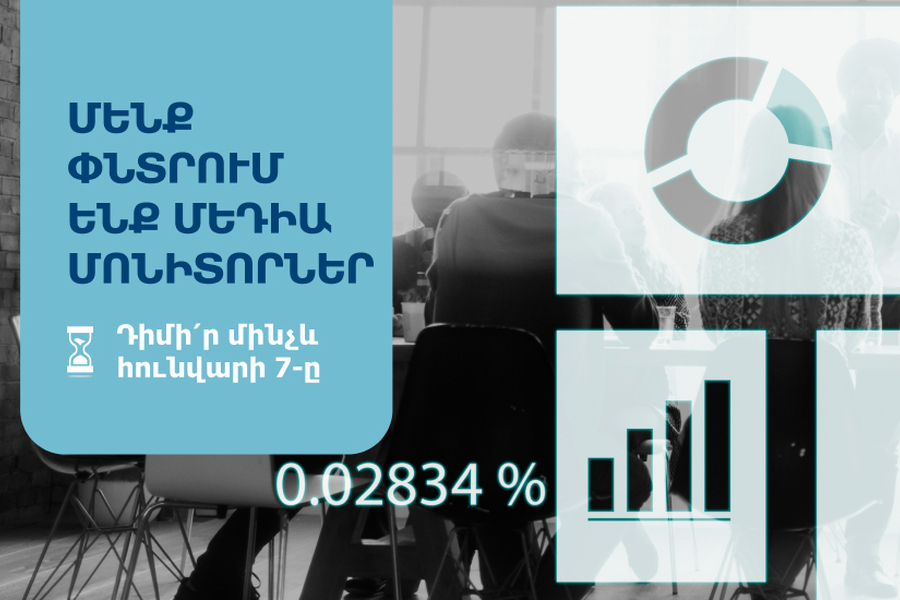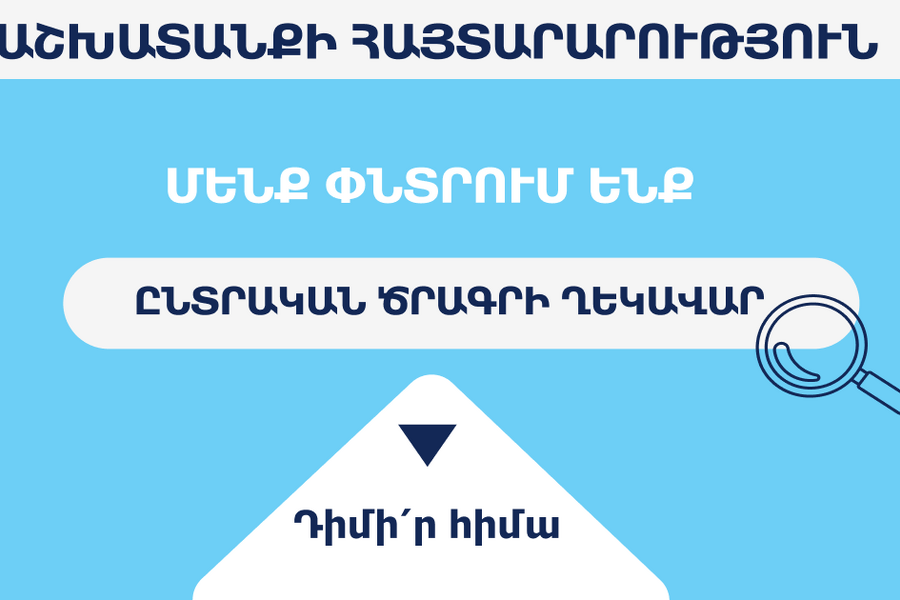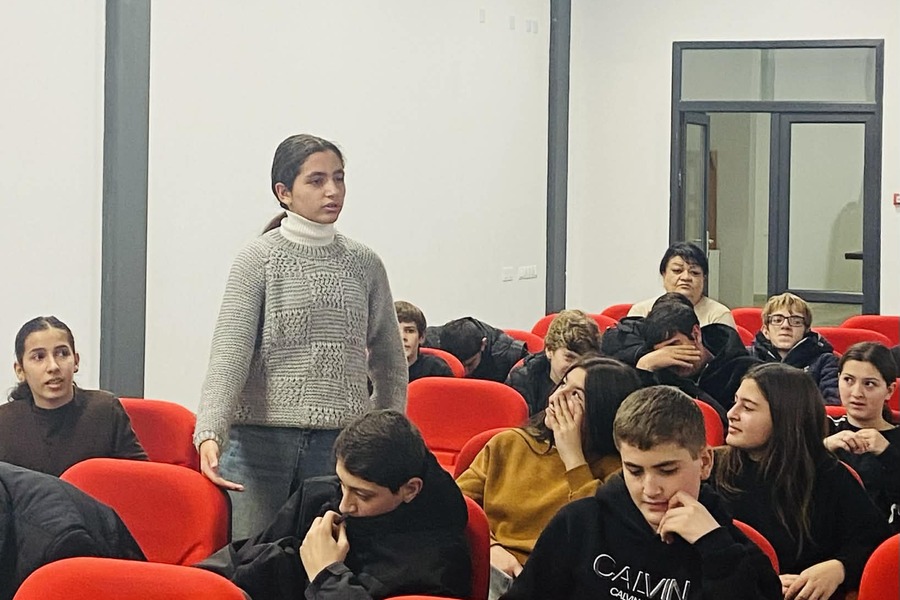Boon TV: corruption perceptions in Armenia
Varuzhan Hoktanyan, Executive Director of Transparency International Anticorruption Center was the guest of Boon TV, the first Armenian specialized scientific and professional online TV channel, launched in October 2013. Hoktanyan addressed corruption situation in Armenia, types of corruption, its spread, the costs of its damage to the development of the society and the state. The scores of Transparency International’s Corruption Perceptions Index revealed anew the current state of corruption in Armenia as stagnation. Corruption as one of the most essential reasons of corruption is widespread and of systemic nature in Armenia, leaving people hopeless of making changes in the country. Public tolerance of corruption has not reduced so far and is still very high.
On December 3, 2013, Transparency International Anticorruption Center presented the results of TI CPI, mostly reflecting the views of experts living and working in the countries evaluated. The CPI assess not the levels of corruption but the corruption perception since there is no meaningful methodology to assess levels of corruption in any country in the world. However, it is proven that corruption perception is correlated with corruption level, which does not imply linear connection. A country score indicates the perceived level of public sector corruption on a scale of 0-100, where 0 means that a country is perceived as highly corrupt and a 100 that a country is perceived as very clean. Armenia's CPI score in 2013 was 36. Compared with 2012 that score was slightly changed/improved within marginal error. In the CPI 2013, Denmark and New Zealand tied for first place with scores of 91. Though it does not imply that corruption level in Armenia is two and half times higher than in those countries, it is obvious that the situation in Armenia regarding corruption perceptions is worse than in those countries.
The findings of TI another research, Global Corruption Barometer (GCB), were released on July 9, 2013. The 2013 GCB, a public opinion survey offering views of the general public on corruption and its impact on their lives, was carried out on behalf of TI by
WIN/GIA (World Independent Network/Gallup International Association), a global network made up of 77 leading marketing and polling firms in their respective countries. The GCB 2013 was conducted in 107 countries between 2012 and 2013. Its approach was not based on comparison with other countries. GCB was based on public perceptions of corruption by institutions/services, including how the level of corruption had changed, how effective government’s actions were thought to be and how ordinary people made a difference in the fight against corruption.
The survey was conducted in 12 major institutions, on the scale from 1 to 5 where 1 means absolutely clean and 5 – absolutely corrupt. With perception index valuing equal to 4.0 each, public officials/civil servants, medical and health services and the judiciary (courts) were perceived in Armenia as the most corrupt institutions/services that shared the first three “glorious” places among those included in the survey questionnaire. With perception index value equal to 3.9, the police were only slightly behind the mentioned above “leaders,” followed by education system equal to 3.7. The most alarming point was that among the institutions perceived as the most corrupt were by law entitled to fight against corruption. Thus, 53% of the respondents thought that the actions of the Armenian government were ineffective or very ineffective and only 21% of surveyed considered those actions as effective or very effective.
However, the biggest concern for Armenia when looked at those findings of the survey related to the willingness of the people to get involved in the fight against corruption and perception of their role in that fight that ordinary people could make difference in the fight against corruption. In particular, only 43% of the surveyed were willing to get involved in any form of activities to fight corruption. That was the lowest number among all 107 countries included in the survey. Another feature of concern was Armenia’s rate of 68%, which was the highest among those countries, where the majority of the surveyed responded that they wouldn’t report an incident of corruption. It pointed to atmosphere of apathy and skepticism dominating in the Armenian society compared with other countries. Other international organizations also did not report any progress in fight against corruption.
Bribery is perceived to be the key manifestation of corruption. Giving and taking bribes have been traditional in Armenia since Soviet times. However, there are far more dangerous occurrences, such as patronage, nepotism and eventually the most dangerous one embezzlement of public funds. Some manifestations of corruption occurred after the collapse of the Soviet bureaucratic economic system in various spheres, including in that of procurement, private companies.
Both the government, that is obliged to fight against corruption, and the public should get involved in anticorruption struggle. It is true that “Every nation gets the government it deserves.” However, it is not only the public that should care for the problems. In neighboring Georgia with similar corruption situation the authorities shows political will and at least at grassroots level the attitude of corruption was changed and people became less tolerant of it. The first step should be made by the authorities, or as it happens in some countries, but not always, effective fight against corruption is held when the power is changed. Nevertheless in Ukraine the orange revolution failed to make any changes and the country continued to remain highly corrupt.
Despite “tepid atmosphere”, people should attempt to find strength in them to view the occurrences with new paradigm and feel more attached to the country they live in.






